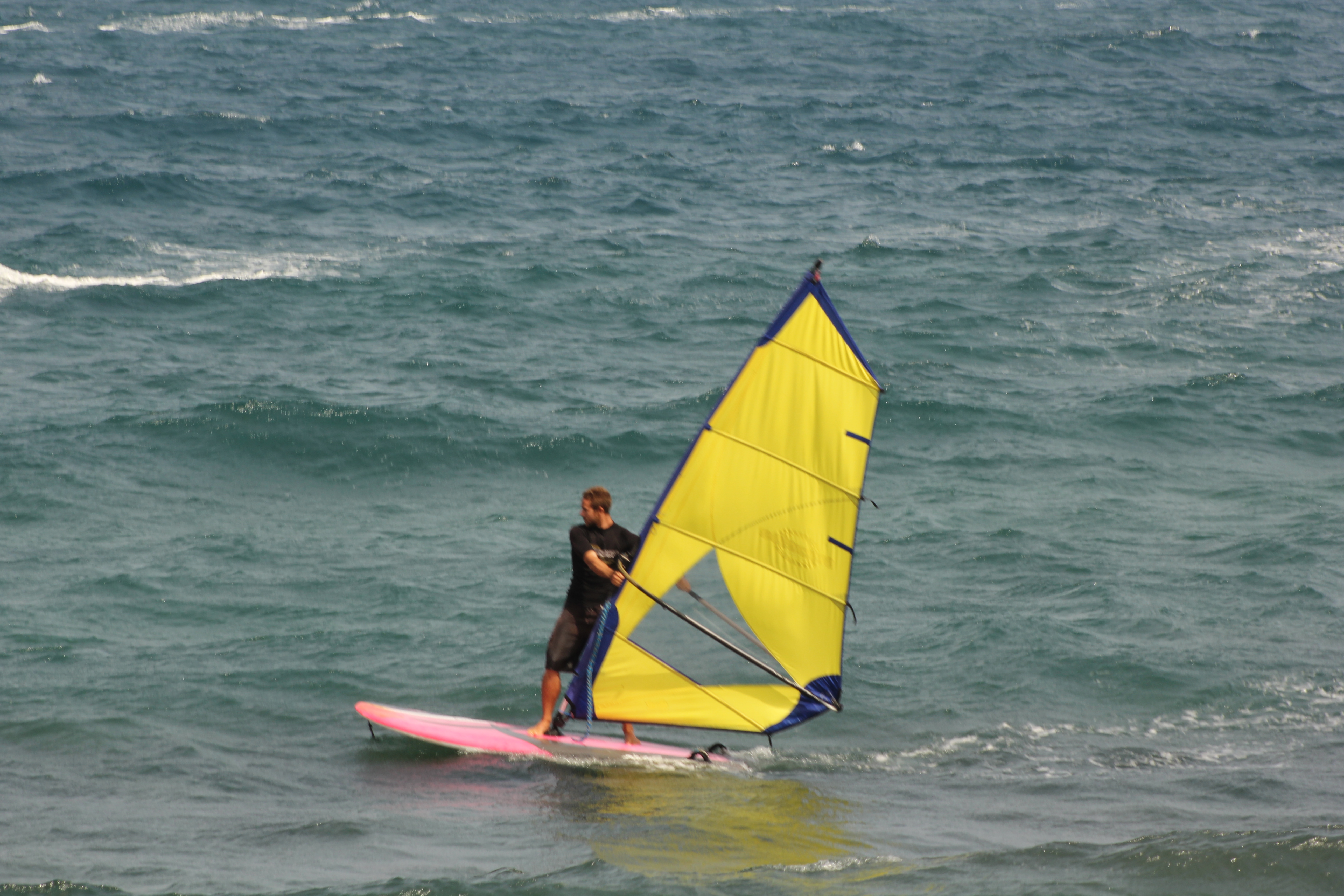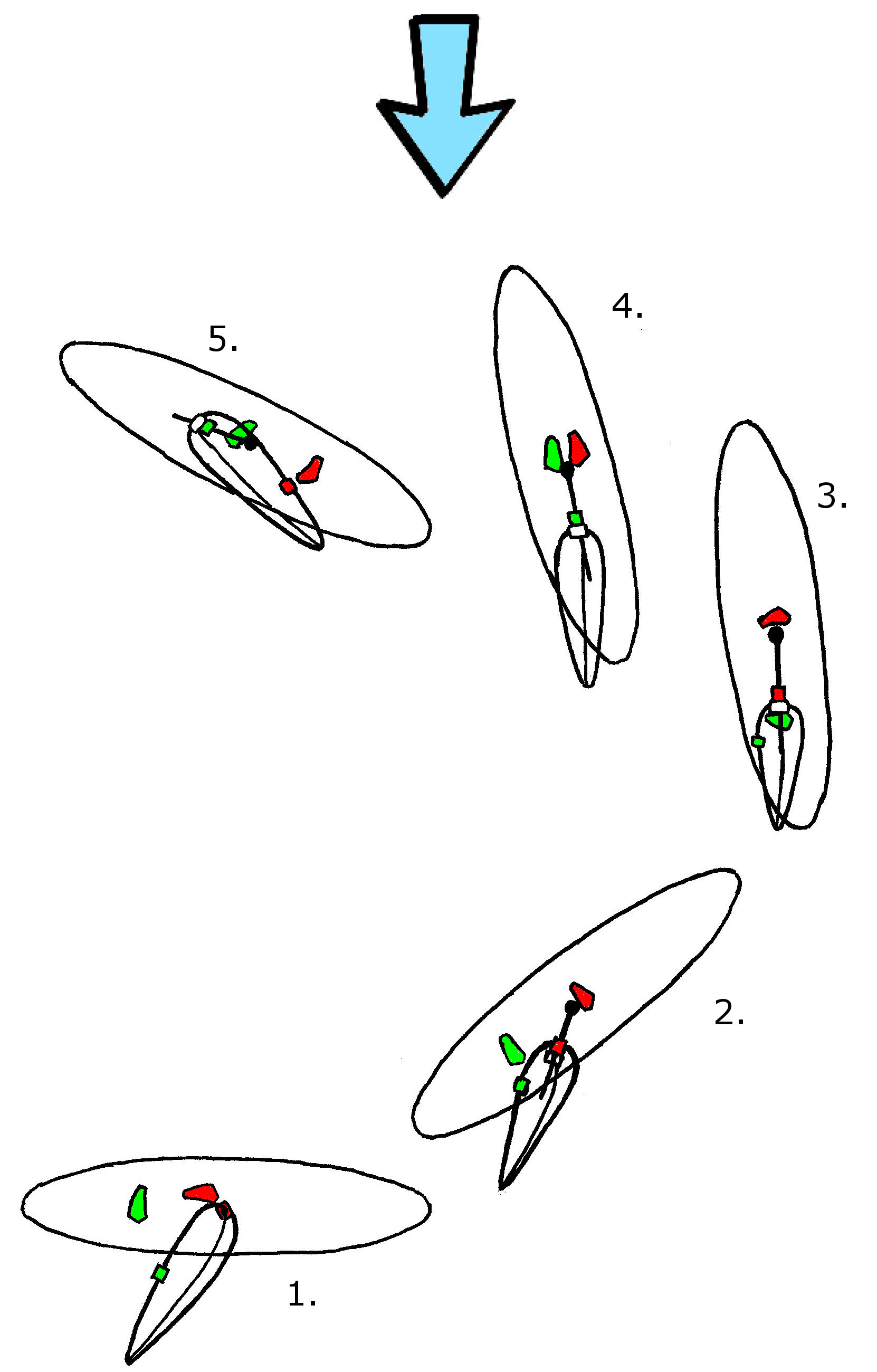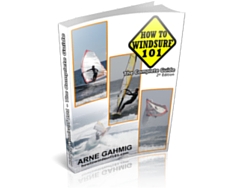
How to Tack
Being able to turn around quickly without falling in is a pretty useful thing to know how to do in windsurfing. However, I would like to note that it is not essential to know in the initial stages of windsurfing. “Why?” you may ask. Well, basically, the way we tack and gybe with big boards and small sails is different to the way we tack and jybe with small boards and big sails and until then we can simply use the basic windsurf turn. With big boards we are going to rely a lot on the spare volume that allows us to float and have stability even when the board is not moving. This is not going to be possible when windsurfing with small boards. These boards won’t have any reserve buoyancy and so won’t float when standing still which means that the technique in tackng and jybing is very different. That being said, knowing how to tack is a useful thing to know and a good thing to practice as we solidify the foundations of our windsurfing technique. After all, it all builds the sensitivity required for the sport.
So let’s get to it. Before we start we want to keep in mind that throughout the whole manoeuvre we want to keep wind power in the sail. We want to try to keep equilibrium not by balancing on the board but by using the wind in the sail. To do this we want to keep one hand on the boom at all times, before and after changing sides. Let´s have at it step by step:
- From the normal sailing position (1.) we put the front hand on the mast just below the boom and the front foot moves to just in front of the mast. As we do this the sail is lowered to the back of the board (or away from the wind) (2.) See why in the post on steering. Important to note, we move and keep our weight on the front foot throughout the whole manoeuvre.
- The board starts turning into the wind. We continue holding the foot and hand positions until the sail is on the new side. A good indicator is when the foot of the sail (the lower edge of the sail) is touching our shin (3.).
- Right then we need quick feet. The longer we take to get from one side with pressure in the sail to the other with pressure on the new side, the more likely it is that we lose balance and fall in.
- We bring the back foot forward to where the front foot was. At the same time the back hand replaces the front hand on the mast. We keep the sail low all the way until this moment (4.).
- Now we simultaneously move the previously front foot to the back and bring the mast forward to bear away from the wind (5.). The weight is transferred on to the foot that is now in front of the mast.
- The board will bear away. As it does this we must start to transfer the weight on to the new back foot gradually and open the sail (sheet out) gradually so that the wind doesn’t build up too much pressure in the sail as we bear away.
The next step is learning how to gybe.






